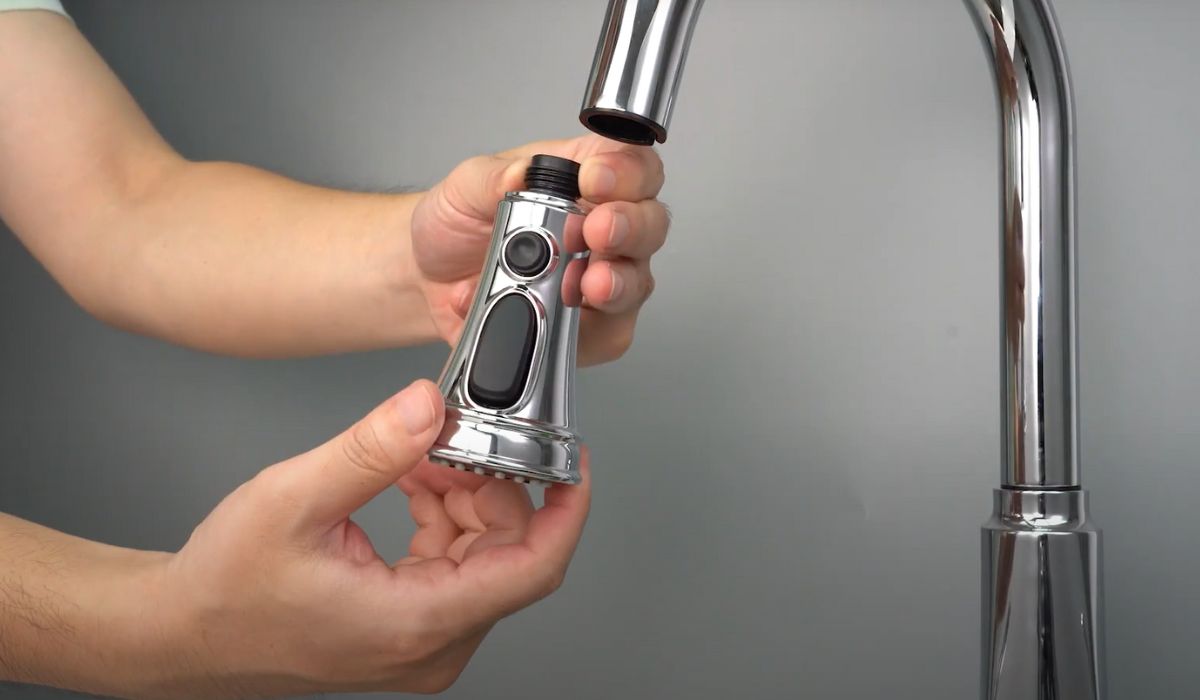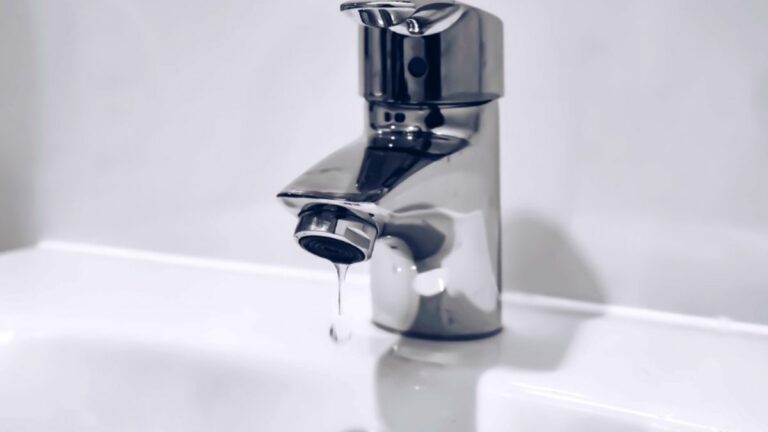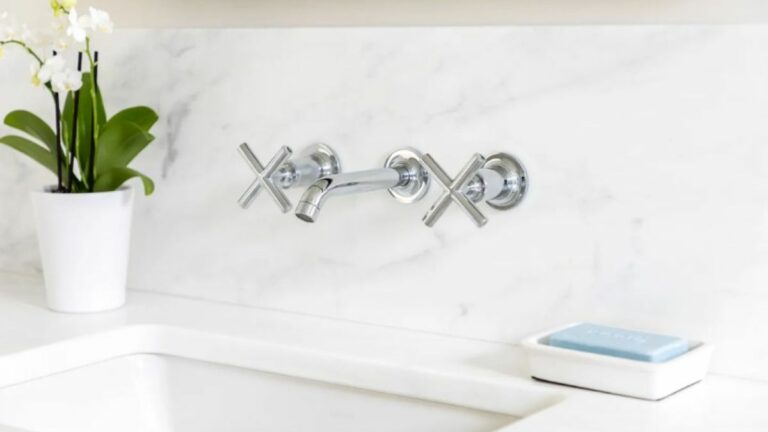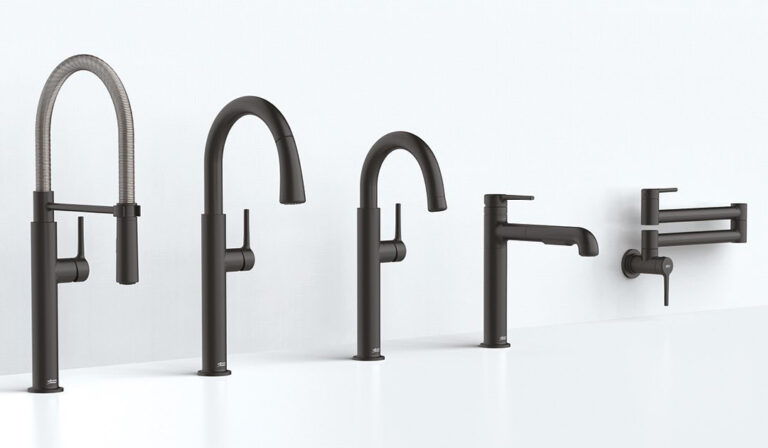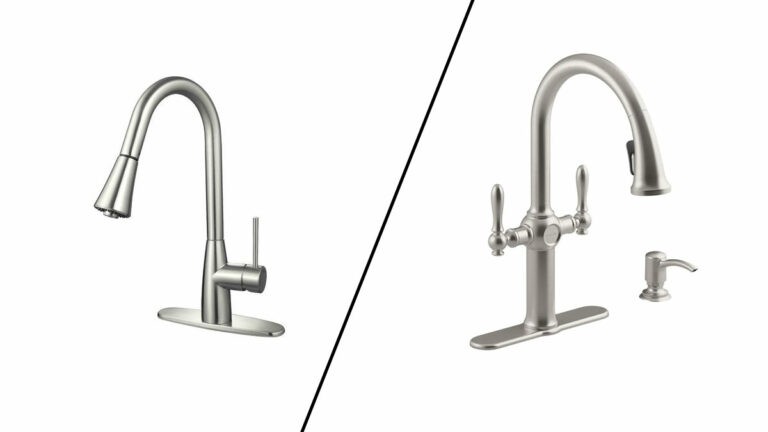Guide to Pull-Down Kitchen Faucet Head Replacement
Pull-down kitchen faucet head provides many conveniences for cleaning and perhaps that’s why it’s so popular. Then again, just like any other fixture and appliance at home, at some point it will give up and need a replacement.
That does not mean every faucet head problem requires you to change it. So exactly how do you know that you need a pull-down kitchen faucet head replacement? You may also want to know if professional interference is necessary. And if not, then exactly how to do it yourself?
These are the questions I plan to answer in this guide. Keep On Reading.
Key Takeaways:
A Pull-Down Kitchen Faucet Head Replacement or Some Simple Fix?
There are plenty of problems that lead to a damaged head of a pull-down kitchen faucet, which practically might not be fixable. And in those cases, you may require a replacement. I’ll go there but let’s first sort out when you don’t require a replacement.
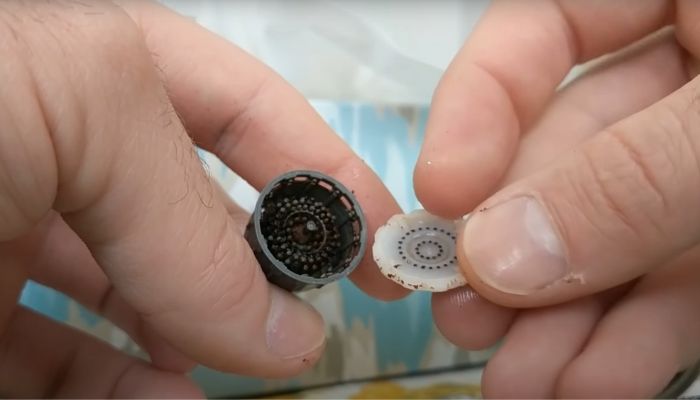
If the pull-down faucet won’t stay in place or some gunk build-up is causing the head to not work, you should try other solutions before considering replacing it.
But Exactly How Do You Fix a Pull-Down Kitchen Faucet that Does Not Yet Need a Head Replacement?
- Weak and inconsistent water flow may seem like a faucet head problem, but it could simply be the supply valves underneath. Make sure those are not partially closed.
- The aerator can build up mineral deposits over time making it hard for the faucet head to work. Learn exactly how to remove the aerator from the pull-down faucet harmlessly and give the part a check.
- Loose or damaged connections between the faucet head and the water supply valve can also be a problem. Remove the hose and look for any twists, kinks, or visible damage to cross it out of the suspect list.
- The faucet head could be simply clogged by debris. Learn some DIY methods on how to clean a pull-down kitchen faucet spray head, as those are quite accessible. My favorite is a vinegar water solution soak.
- If the faucet head fails to stay up, then it could be simply due to a lack of lubrication. Consider lubricating the moving parts so that there’s no stiffness and smooth retraction.
Signs that You Need a Pull-Down Faucet Head Replacement
These are some indicators that will help you ensure your pull-down faucet head actually requires replacement.
Getting Pull Down Faucet Head Replacement Done by a Professional
As soon as you figure out the faucet head needs replacement, it’s either doing it yourself or hiring a professional for the job. Which one is needed?
Is it necessary to get help from a professional? More specifically, can you replace the head of a kitchen faucet yourself without damaging it?
You can certainly replace the head of a kitchen faucet as long as the process seems manageable. Changing a faucet head requires quite a minimal effort but a good understanding of the parts. Something you can find out more about from the user manual.
One more important thing to consider for the replacement is determining the right size kitchen faucet head.
How to Replace Pull-Down Kitchen Faucet Head?
The replacement process for pull-down kitchen faucet heads will vary depending on the brand and model. More specific instructions should be available in the manual. So, I would suggest you check that first.
Here I Will Simply Give You a Brief General Method on How to Conduct This Typically Easy Replacement
Maintenance to Avoid Pull-Down Kitchen Faucet Head Replacement
Taking care of the faucet head, or the faucet itself is the only effective way to prevent the replacement for as long as possible. Here are some tips on that.
- Clogs in the aerator are one of the main reasons behind a faucet head experiencing low water pressure. Make sure you remove and clean it. Any regular needle or pin will help you with that.
- After the aerator, you also want to clean the spray head. Use any cleaner of your choice that is non-abrasive but strong enough to get rid of the build-up and gunk.
- The connection-making hose can also carry gunk that needs to go. You can soak the fitting in vinegar for a few hours and rinse it to put it back.
Wrapping Up
And that’s all about pull down kitchen faucet head replacement that I wanted to share. Keep in mind that there are so many reasons your pull-down faucet head can malfunction.
Sometimes it can also happen from another internal faucet component failing to work. So, if you change the faucet head but the problem still seems to stick around, don’t delay getting your faucet professionally inspected.
I will see you soon in my next guide. Take Care!

